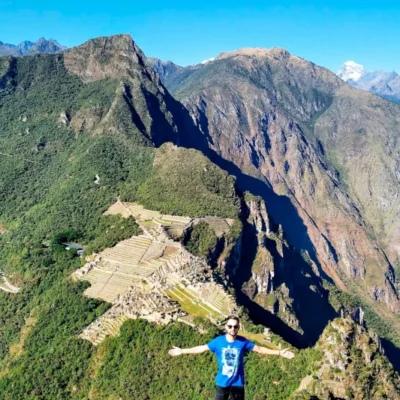In this comprehensive guide, we’ll share essential tips for making the most of your hiking Machu Picchu adventure, from choosing the right trek to understanding the local culture. So, lace up your hiking boots and let’s get started!
The Inca Trail is the classic route to Machu Picchu and a rite of passage for many hikers. Spanning approximately 26 miles, this trek takes you through diverse ecosystems, past ancient ruins, and culminates with a breathtaking sunrise over Machu Picchu. Due to its popularity, permits are limited, so booking several months in advance is crucial.
The Inca Trail
The trail itself is a marvel of Incan engineering. As you traverse the stone paths, you’ll encounter fascinating ruins like Runkurakay and Phuyupatamarca, each with its own historical significance. These sites offer a glimpse into the past and the advanced civilization of the Incas.
Moreover, the Inca Trail offers a unique opportunity to bond with fellow hikers. Sharing stories and experiences around campfires under the starlit Andean sky creates a sense of camaraderie that adds to the adventure.
For those seeking a more remote and challenging experience, the Salkantay Trek is an excellent alternative. This route traverses dramatic landscapes, including snow-capped peaks and lush rainforests. The trek is longer, covering about 46 miles, but offers a unique perspective on the region’s natural beauty.
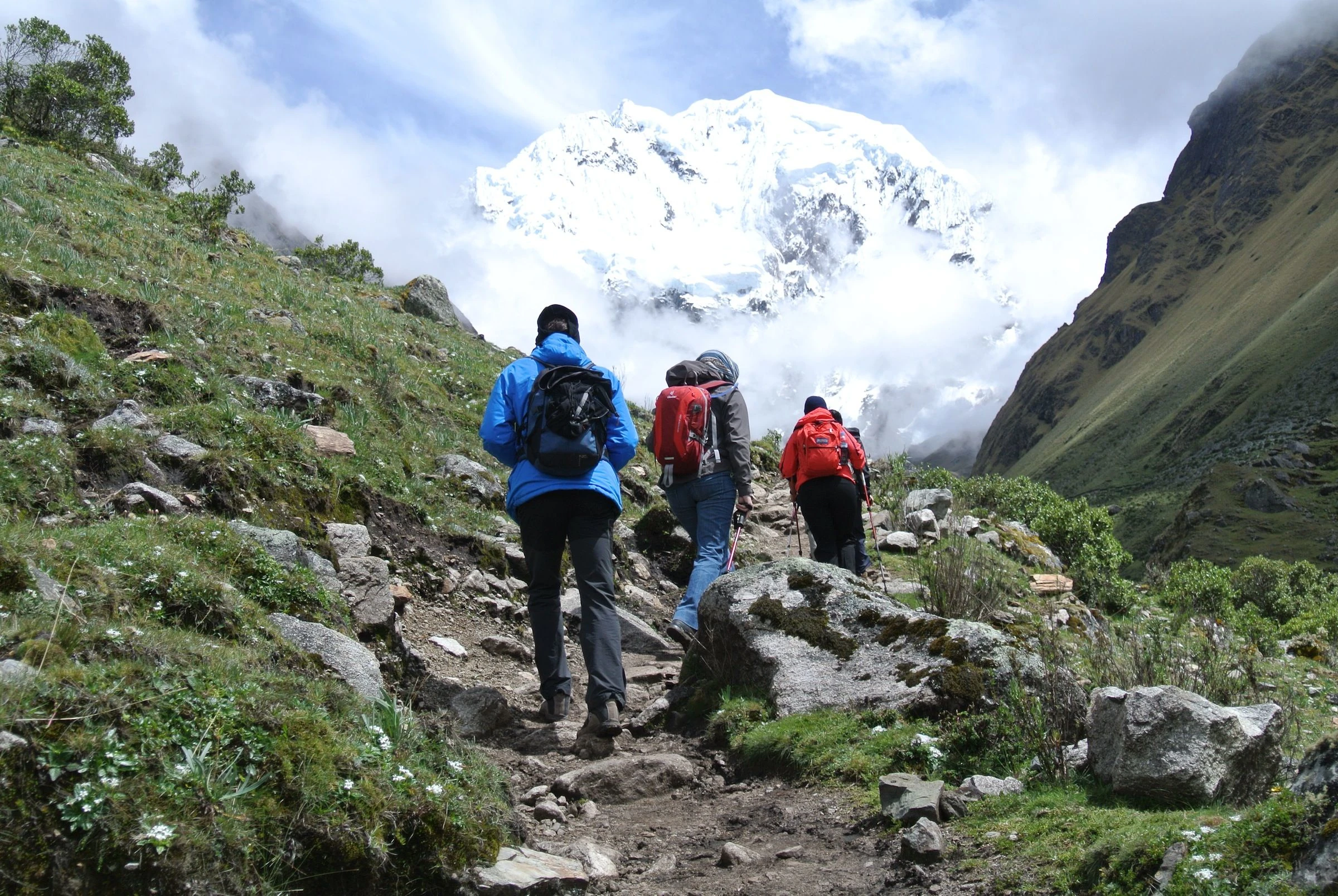
Salkantay Trek
The Salkantay Trek presents a more rugged, less-traveled path, perfect for those who enjoy solitude and nature’s raw beauty. The journey takes you over the Salkantay Pass, one of the highest points in the region, offering breathtaking views that are unparalleled.
In addition to its natural splendor, the Salkantay Trek provides opportunities to interact with local highland communities. These encounters allow you to learn about traditional Andean lifestyles and the ways in which these communities sustain themselves in such a challenging environment.
If cultural immersion is your priority, consider the Lares Trek. This lesser-known route takes you through traditional Andean villages, where you can interact with locals and gain insights into their way of life. Though it doesn’t end directly at Machu Picchu, it’s an enriching experience that combines stunning scenery with cultural discovery.
Lares Trek
The Lares Trek offers a unique chance to step back in time. Villagers in traditional dress and age-old customs offer a window into a way of life that has remained relatively unchanged for centuries. Engaging with these communities provides a deeper understanding of Peru’s rich cultural heritage.
Moreover, the Lares Trek is less crowded, allowing for a more intimate experience with both the landscape and the people. The tranquility of the route, coupled with the warm hospitality of the locals, makes for a truly enriching adventure.
Preparing for Your Hike
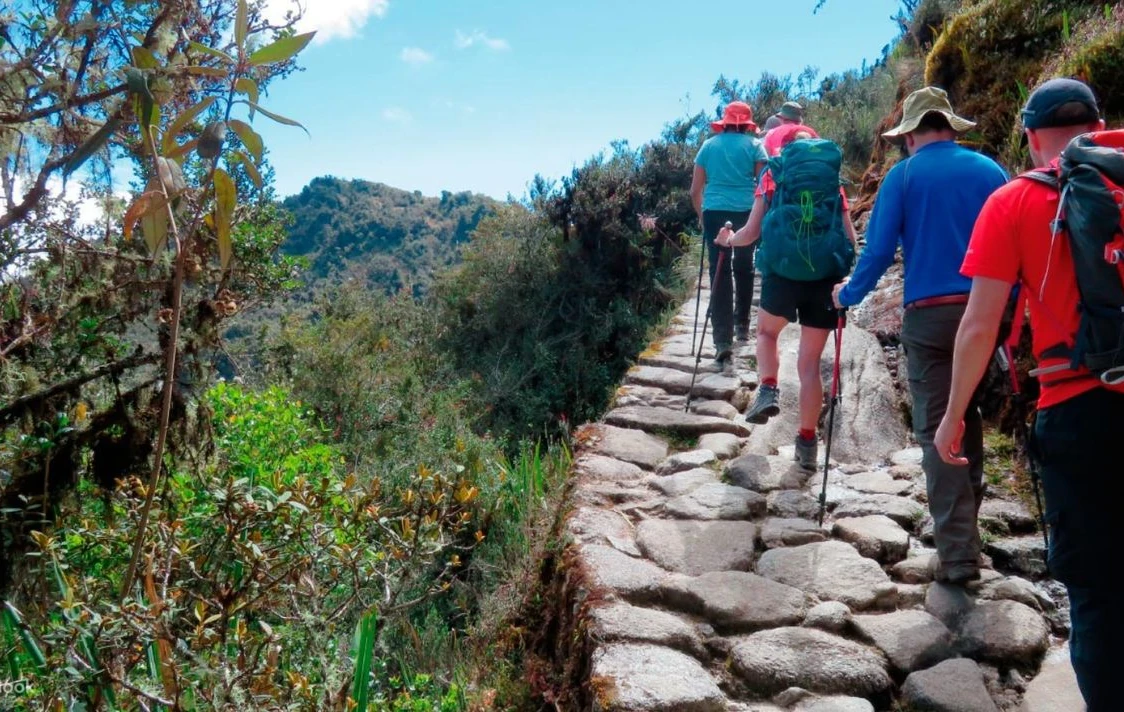
For a different vantage point, consider hiking Huayna Picchu. This steep climb is not for the faint-hearted, but it rewards you with panoramic views of Machu Picchu and the surrounding landscape. Note that permits are required and sell out quickly, so plan ahead.
The ascent of Huayna Picchu is an adventure in itself. The trail is steep and narrow, demanding both physical stamina and a head for heights. However, the effort is well worth it as you reach the summit and gaze upon the sprawling ruins of Machu Picchu below.
In addition to the views, Huayna Picchu is home to the Temple of the Moon, a mysterious site carved into a cave on the mountain’s north side. This lesser-known attraction adds an element of intrigue and wonder to your exploration.
Exploring the Wonders of Machu Picchu
Cusco, the gateway to Machu Picchu, sits at an altitude of 11,152 feet. To prevent altitude sickness, spend a few days acclimatizing before your trek. Take it easy, stay hydrated, and consider over-the-counter medications like acetazolamide for relief.
It’s essential to give your body time to adjust to the thinner air. Symptoms of altitude sickness can include headaches, nausea, and fatigue, which can dampen your experience if not managed properly. Engaging in light activities around Cusco, such as exploring the city or visiting nearby archaeological sites, can help with acclimatization.
Consider incorporating coca tea into your routine. This traditional remedy has been used by locals for centuries to combat the effects of high altitude. Sipping coca tea or chewing coca leaves can be a comforting and effective way to alleviate symptoms.
Smart Packing
Packing smart is crucial for a successful trek. Essentials include comfortable hiking boots, moisture-wicking clothing, a waterproof jacket, and a sturdy backpack. Don’t forget sun protection, a reusable water bottle, and a good camera to capture the moments.
Layering is key when trekking in the Andes to the Lost City, where weather can change rapidly. A base layer to wick moisture, an insulating layer for warmth, and a waterproof outer layer will keep you comfortable in varying conditions. Additionally, trekking poles can provide stability on uneven terrain.
Your backpack should be spacious yet lightweight, with enough room for essentials like snacks, a first aid kit, and personal items. Keep in mind that weight restrictions may apply, especially if you’re hiring a porter, so pack judiciously.
Guided Tours
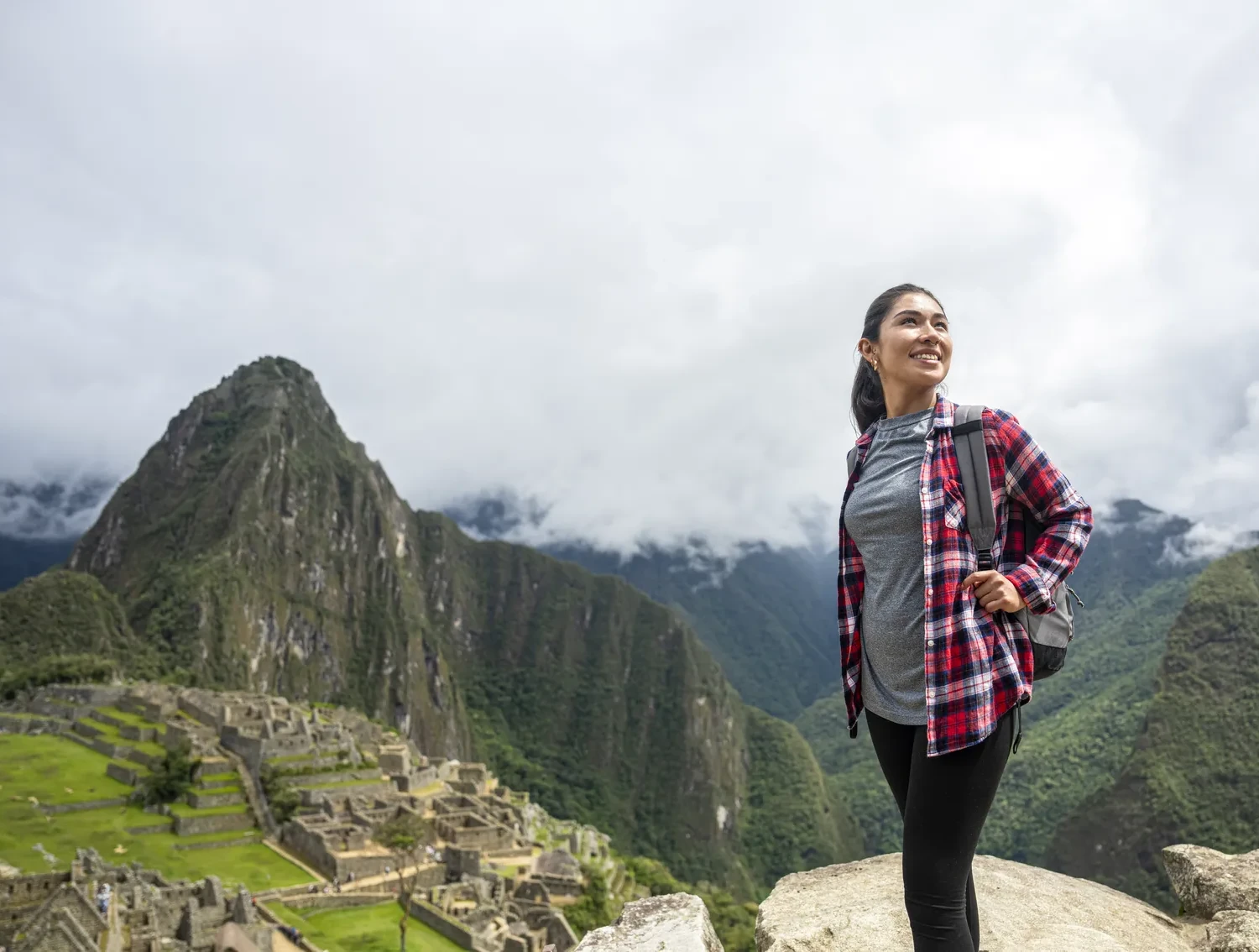
While it’s possible to hike Machu Picchu independently, hiring a guide can enhance your experience. A knowledgeable guide provides cultural context, navigational expertise, and peace of mind. Plus, supporting local guides contributes to the local economy.
Guides offer invaluable insights into the history and significance of the sites you visit. Their stories and explanations bring the ruins to life, adding depth to your understanding of the Incan civilization. Furthermore, guides can assist with logistics, such as managing permits and ensuring you stay on the correct path.
Hiring a guide also means you’re investing in the local community. By choosing a reputable local guide, you contribute to the preservation of cultural traditions and support sustainable tourism practices.
Local Customs
Respect for local customs and traditions is paramount. Learn a few basic phrases in Quechua, the indigenous language, and always ask for permission before photographing people. Engaging with locals respectfully enriches your cultural experience.
Acknowledging the importance of cultural sensitivity fosters positive interactions. Simple gestures, such as greeting people with a smile or showing appreciation for their hospitality, go a long way in building rapport. Participating in local customs, such as traditional ceremonies, can also deepen your connection to the culture.
Understanding the significance of local festivals and celebrations can provide a richer travel experience. These events offer a glimpse into the spiritual and cultural life of the Andean people and are often vibrant expressions of their heritage.
Discovering Cusco and Ollantaytambo
Before or after your trek, take time to explore Cusco and Ollantaytambo. Cusco’s vibrant streets are filled with history, while Ollantaytambo offers a glimpse into Incan engineering marvels. Both towns serve as cultural hubs that enhance your understanding of the region.
Cusco, once the capital of the Inca Empire, is a living museum. Its narrow cobblestone streets and colonial architecture tell stories of a bygone era. Visiting the Qorikancha temple and the Sacsayhuamán fortress are must-dos for history buffs.
Ollantaytambo, known as the “Living Inca City,” is one of the best-preserved Incan sites. The town’s layout and ancient terraces showcase the advanced engineering skills of the Incas. Exploring the ruins and the surrounding area provides insight into the strategic importance of this location.
Photography Tips for Your Journey
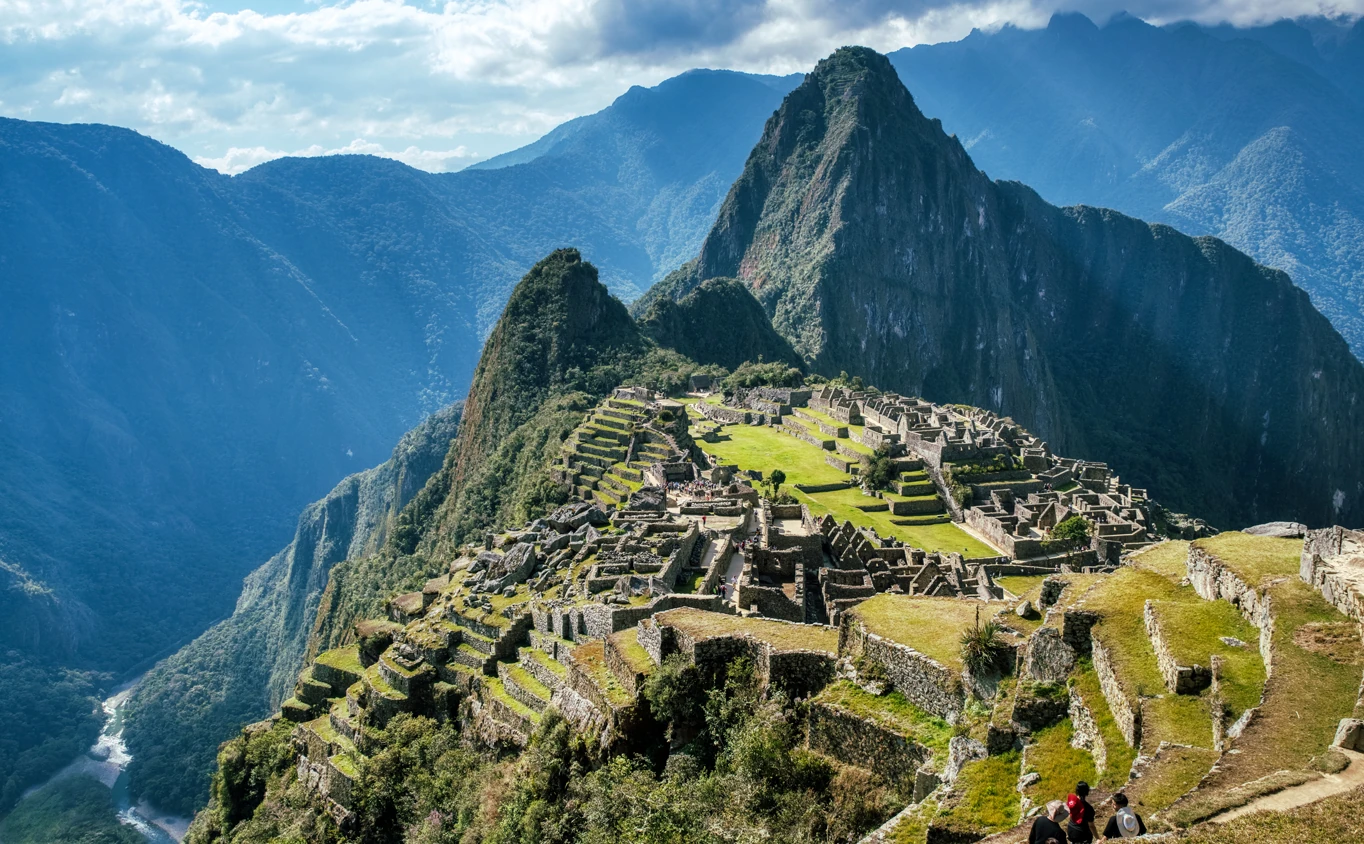
For photographers, Machu Picchu offers endless opportunities. The golden hours of sunrise and sunset provide the best lighting conditions. Experiment with different angles and perspectives to capture the site’s grandeur and detail.
Early mornings and late afternoons offer soft, diffused light that enhances the natural beauty of the landscape. Capturing the first rays of sunlight illuminating the ruins can result in stunning photographs that convey the ethereal quality of the site.
Best times for photography in Machu Picchu
Varying your vantage points can lead to unique compositions. Climbing nearby peaks or exploring different sections of the site can provide fresh perspectives and allow you to capture the essence of Machu Picchu in new and creative ways.
Use your photography to tell a story. Capture not only the iconic views but also the intimate moments locals go about their daily lives, intricate stonework, and the interplay of light and shadow. Each photograph can convey the essence of Machu Picchu’s mystique.
Documenting the journey itself adds layers to your narrative. From the start of your trek to the final descent, each step offers moments worth capturing. The landscapes, the people, and the experiences all contribute to a rich visual story.
Consider incorporating different styles of photography, such as portraits, landscapes, and macro shots, to create a comprehensive visual diary. This variety adds depth to your collection and showcases the multifaceted nature of Machu Picchu.
Due to high demand, book your trek and permits well in advance. This is especially important for the Inca Trail and Huayna Picchu. Consider using reputable tour operators who can manage logistics and ensure a smooth experience.
Securing Permits
Securing permits early not only guarantees your spot but also allows you to plan your travel itinerary around the trek. Popular months, such as May through September, require even more foresight due to increased demand.
Working with a trusted tour operator can alleviate the stress of planning. These experts handle the logistics, from transportation to accommodation, allowing you to focus on the adventure ahead.
As visitors, it’s our responsibility to protect Machu Picchu’s fragile environment. Follow Leave No Trace principles, minimize waste, and respect wildlife. By practicing sustainable tourism, we can preserve this wonder for future generations.
Simple actions, such as carrying reusable water bottles and packing out all waste, contribute to the conservation of the site. Staying on designated paths and avoiding contact with wildlife are also crucial for minimizing our impact.
Supporting Local Businesses
Supporting local businesses and opting for eco-friendly accommodations can further enhance your commitment to sustainable travel. Choosing responsible tourism practices ensures that the beauty of Machu Picchu remains intact for years to come.
Stay informed about health and safety guidelines, especially in light of recent global events. Ensure your vaccinations are up to date and carry a basic first aid kit. Travel insurance is also recommended for peace of mind.
Being prepared for medical emergencies is vital, especially in remote areas where access to healthcare may be limited. A well-stocked first aid kit can address minor injuries and common ailments that may arise during your trek.
Conclusion
Travel insurance provides a safety net, covering unexpected events such as trip cancellations, medical emergencies, or lost belongings. It’s a small investment that offers significant peace of mind during your adventure.
Hiking Machu Picchu is more than just a trek; it’s a journey through time, culture, and nature. With the right preparation and mindset, you can fully embrace the adventure and create memories that last a lifetime. Whether you’re marveling at the engineering feats of the Inca Trail, capturing the sunrise over the hike in the Andes, or engaging with local communities, Machu Picchu promises a transformative experience.
So, go ahead and plan your expedition with confidence. We hope these tips empower you to embark on a journey that’s as enriching as it is exhilarating. Safe travels, and may the spirit of the Andes guide your path!















